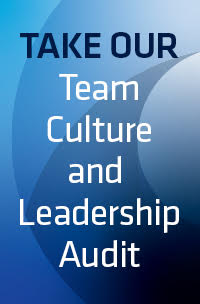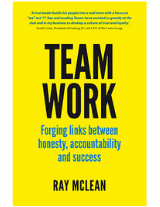I recently read an article by Amy Cuddy, a Harvard psychologist who specialises in first impressions, in which she defines that people judge you on two characteristics when they first meet you:
1. Trust – can I trust this person?
2. Respect – do I respect this person?
Ideally, you’d want to people to answer yes to both questions. Cuddy’s theory is that people in business often feel that if they were to only get one, that one should be respect. Her argument is that it should, in fact, be trust.
Character and competence
At Leading Teams, we would agree. We use a similar model, with the traits Character (equivalent to trust) and Competence (respect).
People with both high competence and high character are your centres of influence – the key people who can help you to effect change. They model the behaviours the team wants to see and lead by setting a strong positive example. The more of these you have, the better.
People with low levels of both have little to offer your organisation – ask yourself how they got there in the first place?
People with high levels of competence can be fantastic at their jobs, but completely unqualified to be leaders. Those with high levels of character have the potential to be great leaders – take the time to help them develop the skills they need to be technical experts as well. If you have to choose one trait or the other, we would always take character.
Elect the people you want to lead you
In business, leaders are often established as the person who is best at their job or, worse, has been there the longest. Longevity does not necessarily equate to technical skill, and technical skill does not necessarily equate to quality leadership. Competence may make you excellent at your job but it won’t guarantee you’ll be a good leader.
Leading Teams advocates the use of an elected leadership group. Sit your team down and ask them to consider who are the most influential people in the room. Who has the strength of character to lead your team? And don’t be surprised if it isn’t the person who’s the best at their job.
We’ve seen it in action in many of the sports teams we work with – the elected leaders are often not the technically most skilled players. Instead they’re the people who can rally the team, bring them back after a bad first half and re-energise them after a defeat. They might even be the youngest or newest player on the team – if they’ve got the character, others will follow.
Clearly, the ideal combination is high competence and high character but if you have to choose when it comes to a leader, we’d advise you to vote for character.
At Leading Teams we talk about the difference between dynamics and mechanics in a business. Mechanics are the processes and procedures that keep the business ticking over. Dynamics are the people, relationships and trust that make the business fly. Too often, businesses focus more heavily on the mechanics and competence side of things. To find out how we can help you embrace trust and dynamics in your organisation, please get in touch.





